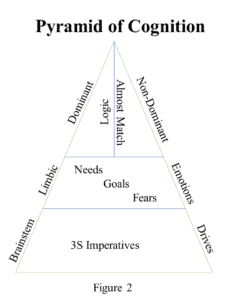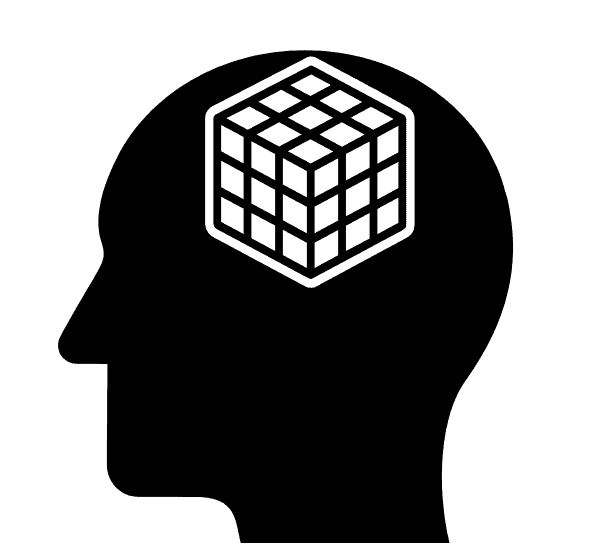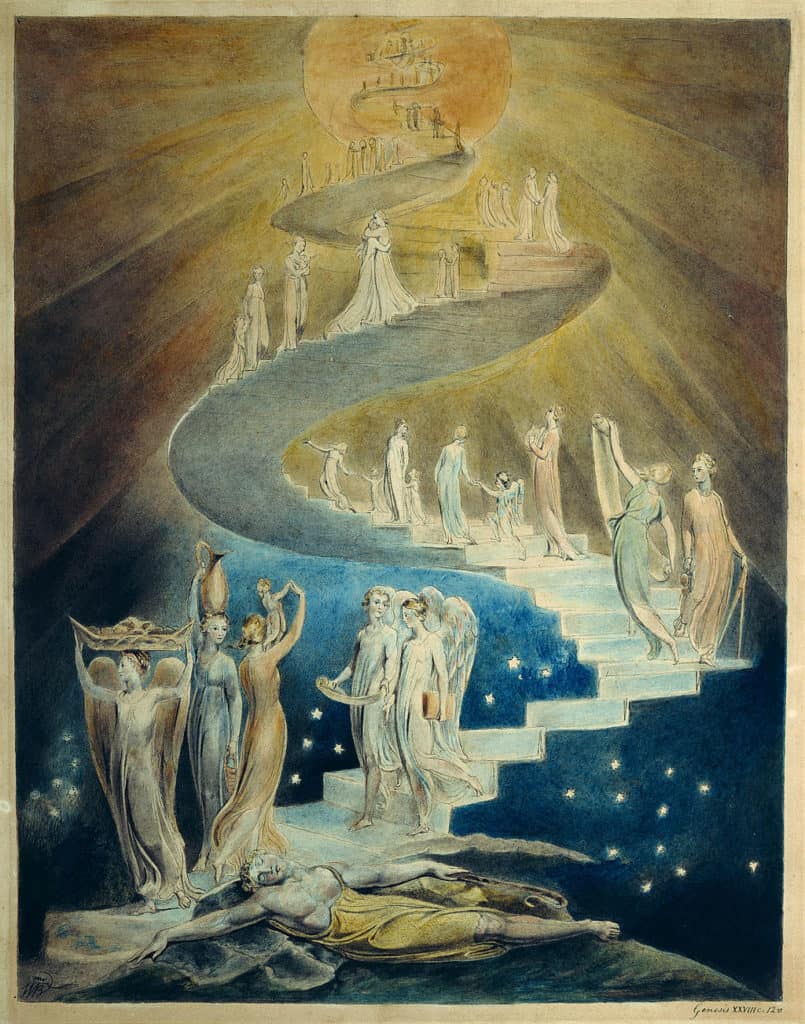Emotions in Our Thinking
When you hear the word ‘emotions’, do you think of forces that drive you to actions that later make you wonder “What was I thinking”? Or perhaps sometimes you draw a relaxed breath and mentally pat yourself on the back for not letting your emotions rule your actions.
Either way, emotions are crucial to how we act. As Moshe Ratson wrote, “… without emotions to motivate and push us, we would be passive and do nothing. We always feel something, even if we don’t notice it. How we feel shapes who we are and how we act.
But why do we feel the way we do? We are born with various ways of reacting to things, but our life events can change how strong or weak those reactions are. This is different from learning skills, like walking and talking, which happen in the top part of our brains. Our feelings come from the lower part of our brains, which is not as evolved.
In the next section, we will explore the limbic system, the part of the brain that forms our emotions.
Limbic System
A more archaic layer of brain tissue, the limbic system forms our emotions. This brain structure first emerged about 300 million years ago in the common ancestor of mammals and reptiles.
The limbic structures are parts of the brain that deal with emotions. They have fewer connections between brain cells than the cortex, the part of the brain that deals with thinking. That means they are not as good at telling things apart as the conscious mind. The limbic system is shaped by how we cope with our 3 basic needs (food, sex, and safety) in everyday situations, especially when we are very young and can’t speak, and also when we are older and can use words.
Next, we will discuss the role of emotions in our cognition and memory.
Role of Emotions

Our emotional responses become organizing principles for understanding experiences and storing memories henceforth, shaping the information our conscious minds consider.
However, when we acquire language, our emotional learning diminishes, our emotions continue to shape the information we consciously receive.
Fortunately, sometimes we can use our thinking mind to change how we feel. Keith Stanovich has helpful suggestions on how this may work. He also tells us why it doesn’t always work. It is hard for the thinking mind to imagine different situations and deal with the feelings at the same time.
Finally, we will offer a tip on how to keep your emotions under control.
Emotions Under Control
Your emotions are important. They show you what you care about. When you have to make a tough choice, the best thing to do is to pay attention to how you feel. Use that knowledge as a guide to think logically about the problem. Look for a solution that will make you happy in the long run, which may not be what you want right now.
Additional Information
Image. Pyramid of Cognition. Author’s personal image. Discussed in Mentalese.
The Power of Emotions in Decision-Making. Psychology Today article.
Limbic System. First appeared 300 million years ago in a common ancestor of mammals and reptiles.
Kahneman, Daniel. Thinking Fast and Slow. Farrar, Straus and Giroux, 2011. ISBN 978-0-374-53355-7. The fast mode has striking similarities to the quick assessments we make with our emotions, while the slow mode is conscious decision making.
Stanovich, Keith. Things that IQ Tests Miss: The Psychology of Rational Thought. Yale University Press, New Haven, London, 2009. ISBN 9780300123852.


